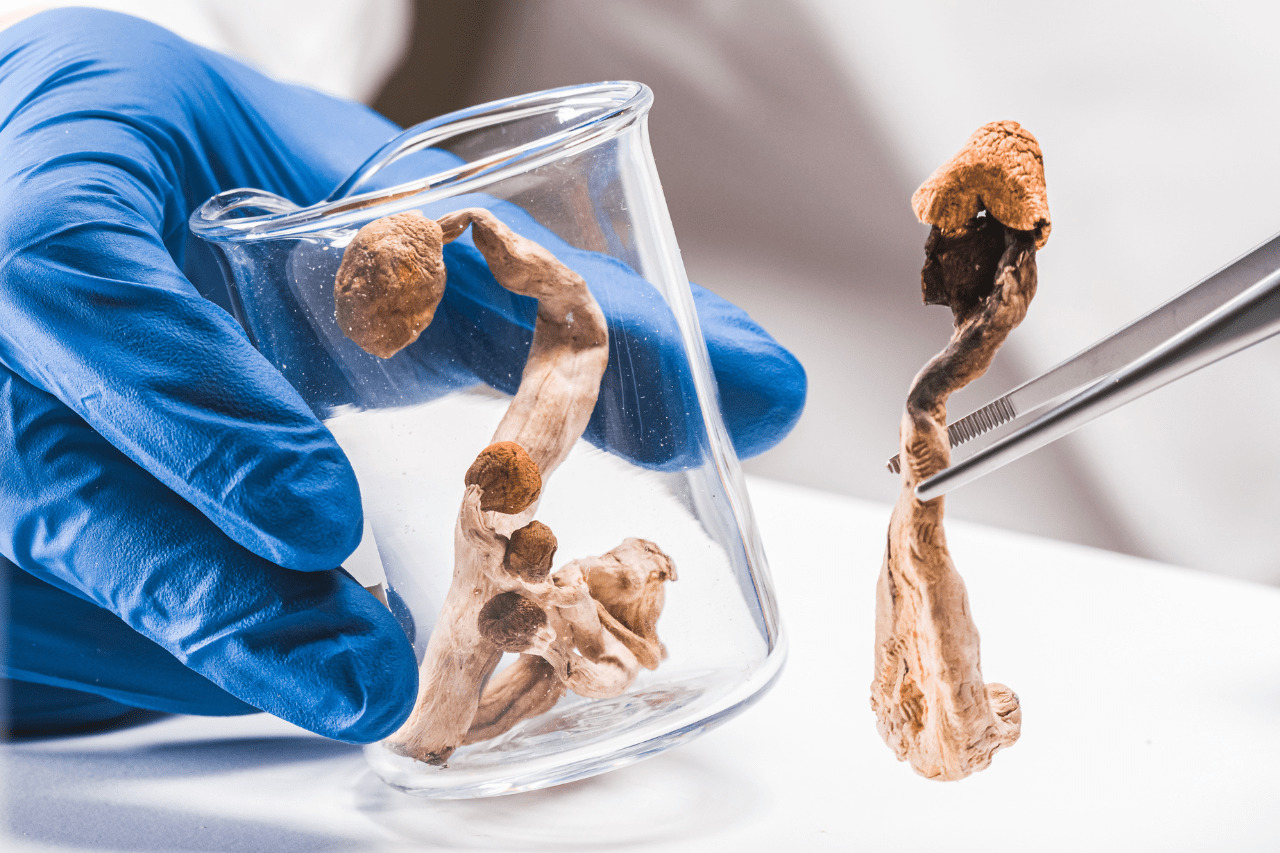
The 3 Most Important Studies on Microdosing So Far
What are the 3 most important studies on microdosing so far? Depends on what you mean by important. A lot of studies on
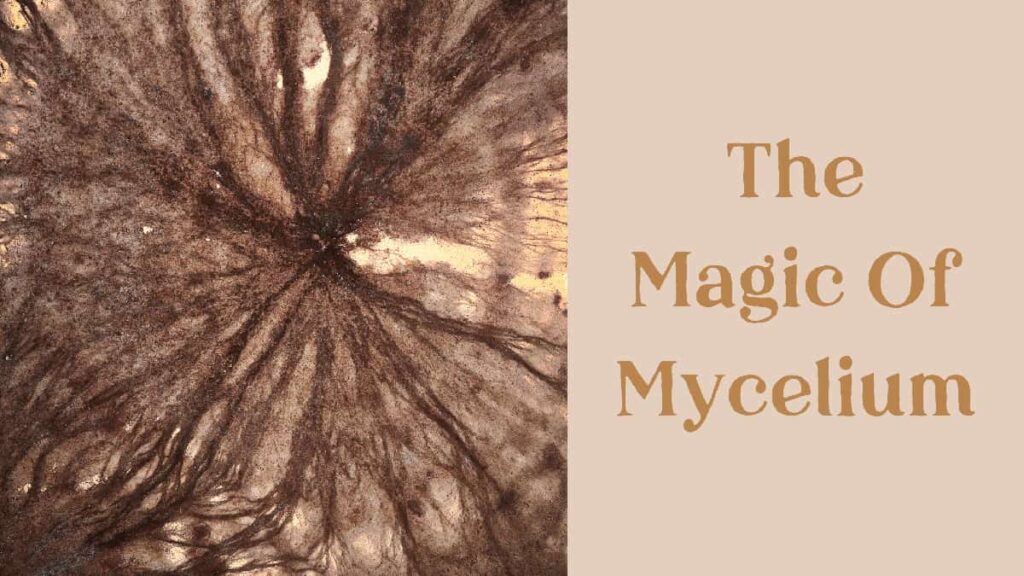
Mycelium is ancient. Fungi predates humans by millions of years. In recent dates, scientists have discovered 90-million-year-old specimens in amber! Additionally, some fossilized fungi have been unearthed which date all the way back to more than 420 million years ago!
We are beginning to wake up to the magic beneath our feet. The answers to life on Earth have quite literally been under our noses this whole time. While we know more about fungi than ever before, our knowledge revolving around the complexity of this organism is like a drop of water in the ocean. In this article, I hope to teach you some fundamentals about this network and the importance it plays in our ecosystems.
Mycelium is an intelligent organism that belongs to the fungi kingdom. It is a network of threads, referred to as hyphae, from which mushrooms grow. Although mycelia doesn’t always fruit mushrooms (depending on the conditions of the environment) all mushrooms come from mycelia.
When talking about mycelium, we need to understand the complexity of this organism. All mushrooms are the fruiting body of mycelium and the type of mushrooms that form are completely different from one mycelium to the next!
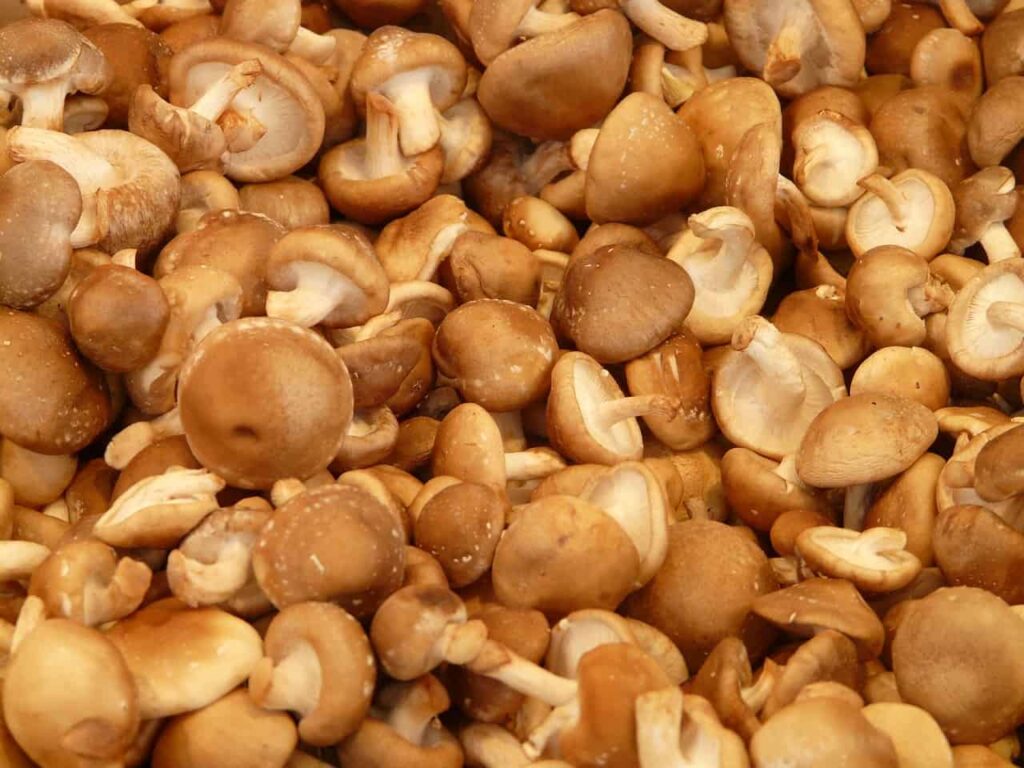
This is governed by several environmental factors. Some include but are not limited to; temperature, humidity and the availability of a significant food source for the mycelia.
Funny enough, mycelium is kind of like yeast as both mycelium and yeast are fungi. However, unlike most yeasts (which is a single-cell organisms), mycelium is multicellular and can grow into macro-size structures, producing tiny molecules. With supreme precision, mycelium can gently assemble into complex structures that are so small that they are invisible to the naked eye!
Mycelium takes in small molecules of food, much as single-celled yeast does. This food is typically sugar and is often sourced from plant waste or wood. It does so by excreting enzymes that break the materials down into digestible morsels. If the mycelium has the right kind/amount of nutrients available, it grows a dense network of long microscopic fibres which grow through the substrate in the same fashion as a highway system.
Typically, you can find mycelium occupying the underworld of forests, fields, and heavily wooded areas.
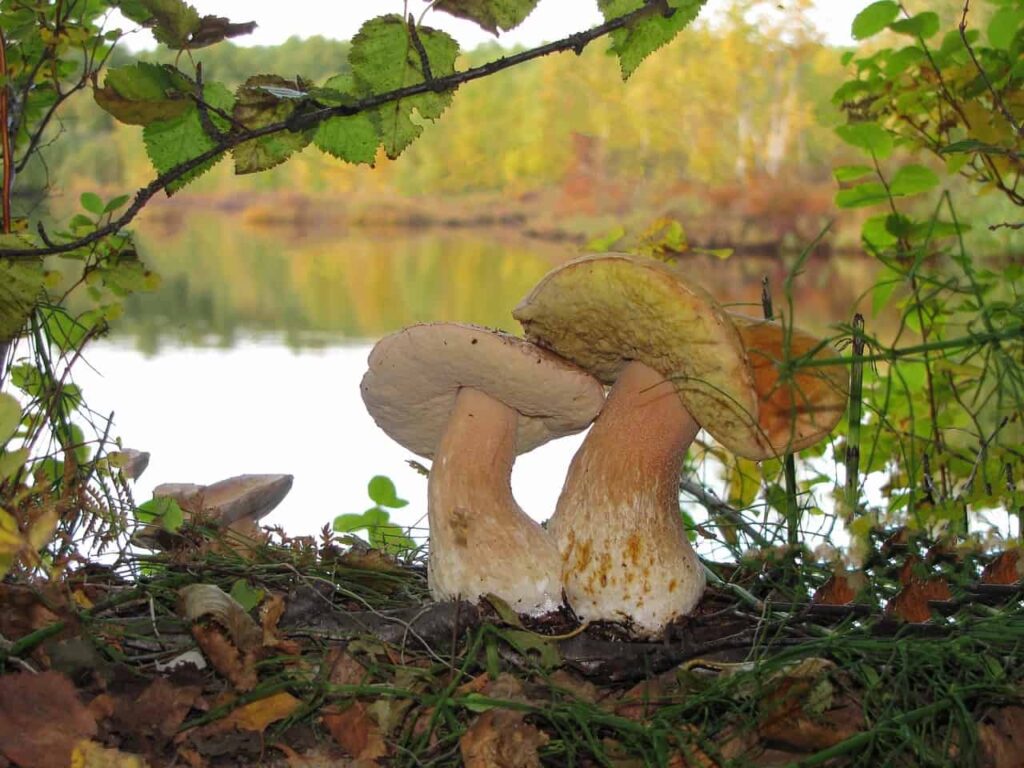
Although mycelium fruiting body (mushrooms) grows above the surface of the Earth, mycelium remains beneath the soil. This is where the hyphae, a network of web-like structures that form mycelium, reside.
Beneath the ground, where mycelium is busy at work, secrete enzymes break down nutrient/food sources that are used by the organism. Essentially, mycelium can grow in most soil! It is one of the largest networks on Earth.
Essentially, there is a whole economy of nutrients beneath our feet. If you have ever walked through a field or forest, the likelihood is that you’ve walked over a network of mycelium. Even if you didn’t see any mushrooms, you likely had mycelium beneath your feet. This network is larger than you could have ever imagined… a single mycelium can be hundreds, or even thousands, of miles long! But it gets even more trippy. These long networks are extremely compact. It is estimated that there can be at least 200km of hyphae in every kilogram of soil!
Thanks to hard-working and curious mycologists, we know that 1 cubic inch of soil can contain enough mycelium to stretch 8 miles! But how large can these networks really get? While there are likely larger mycelium networks that are waiting to be discovered, we have stumbled upon what we have named ”The Humongous Fungus’’. This mycelium network covers nearly 4 square miles in Oregon’s Malheur National Forest.
While the actual occurrence/structure of mycelium is mind-blowing as is, there is so much more to unravel. To understand the importance of mycelium, we need to understand the importance of mushrooms, which could not exist without mycelium. Mushrooms are possibly the most widely distributed organisms on Earth and exist everywhere on our planet from the North pole to the South pole!
Mushrooms take elements, such as carbon, that are trapped in organic matter and (through decomposition) they are able to process/release said elements back into the ecosystem for other organisms to use. They do so by releasing a sophisticated cocktail of enzymes and other helpful chemicals that allow them to break down organic material. This means they can digest nutrients with more ease.
This is essentially how fungi causes decay, a vital process in the cycle of life/death on Earth. This, alongside many other functions of fungi, makes mycelium intelligent. In fact, gaining an understanding of how mycelium works as an organism and the role(s) it plays in our ecosystems has vastly changed how we define the concept of ‘intelligence’.
Not only does mycelia assist the life of mushrooms and the ecosystem, it also heightens the chance of survival among plants. Let’s use trees as a prime example. Mycelium composes what’s called a ‘mycorrhizal network’. This network connects individual plants (like trees) together.
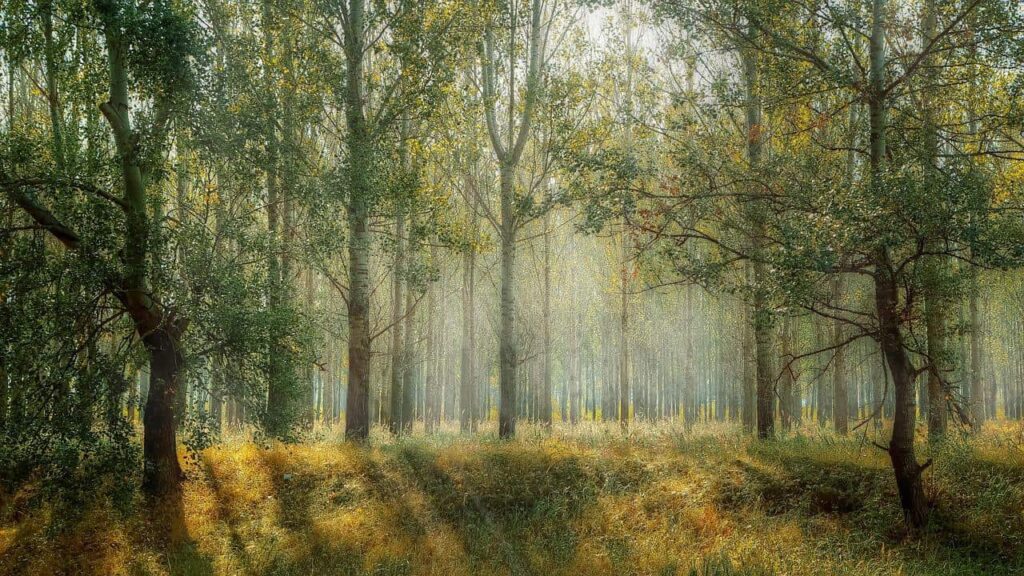
How does this benefit trees? Mycelium is essential for trees as it can transfer water, nitrogen, carbon and many other minerals that are essential to the tree’s survival. Additionally, mycelium allows trees to communicate. This way, trees can send data/signals to other trees nearby, warning them of danger, eg. parasites. Remarkably enough, mycelium can help trees communicate with one another who otherwise would not be able to communicate! Kind of cute, isn’t it?
Overall, mycelia are of vital importance for soil to thrive. The process of breaking down organic materials, recycling them and releasing them back into their environment is the only way our ecosystems could survive! On top of the abundance of assistance mycelium offers, over 90% of plant families rely on their interactions with fungi to survive!
This means that not only plants couldn’t survive without it but neither could we! Life on earth quite literally could not be without fungi.
We are also discovering how we can harness the power of fungi and apply it to sustainable projects. For example, we can utilize mycelium to create sustainable materials at a low cost. We can use mycelium to combat agricultural waste and create a greener world.
Believe it or not, some fungi can actually decompose plastic materials! We are beginning to look at building towers of mycelium in cities to decrease carbon emissions as an act of damage control on the biggest issue Humans face today; global warming.
‘‘What can’t fungi?’’ is a better question.
Fungi is not a plant. Fungi is not an animal. Fungi are unique, intelligent and versatile organisms that every single one of our ecosystems requires to survive. Fungi is to thank for one of the most natural and fundamental processes on Earth; decay and renewal. Death and rebirth could not be possible without the fungi kingdom. This may be one of the many reasons behind the common statement ‘‘God is a mushroom’’.
The most exciting part of all this recent data is that this is only the beginning! We have not even scratched the surface when it comes to the fungi kingdom. The more we look into it, the more the vastest the fungi expands. The future is only bright if we redirect our focus to fungi.
Open your mind, open you eyes and focus on fungi!

What are the 3 most important studies on microdosing so far? Depends on what you mean by important. A lot of studies on

Microdosing has been around for at least two decades. Claims that doing it regularly will advance your career are a fairly recent one, however, and

Most entrepreneurs will tell you if you don’t have enough time, capital, mental fortitude etc., then starting a business may not be the right path

If you compare yourself to some of the world’s successful professionals, entrepreneurs, or celebrities, it can be easy to fall into a downward spiral. The

Positive affirmations have been used, in various forms, for thousands of years. Affirmations are phrases that you can repeat to yourself over and over, locking

What are Psychedelics? Psychedelics are a hallucinogenic class of drugs. Some of the most common substances you will hear about during a conversation about Psychedelics
GET 10% DISCOUNT WITH NOTIFIED ABOUT THE LATEST NEWS AND UPDATES. NO SPAM, WE PROMISE!
FREE Tracked shipping on orders over €250 to EU countries.
Monday- Friday 8.30am- 5pm (CET)
A range of options available
Guaranteed delivery or your money back